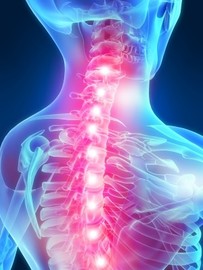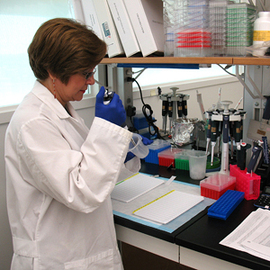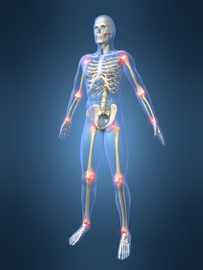Introduction

The spinal cord is a long, thin, tubular bundle of nervous tissue and support cells extending from the medulla oblongata (in the brain), altogether making up the central nervous system. The three most common diseases of the spinal cord include, the central cord syndrome being the most common, dysautonomia, syrinngomyelia and brown-sequard syndrome being a very rare condition. Diseases of the spinal cord can result from diverse pathological processes including trauma or injuries. Irrespective of the causes, it can lead to significant difficulty of motor, sensory, or autonomic function.
History

The history of the diseases of the spinal cord is relatively short compared with that of other parts of the nervous system. This is because little advancement in the knowledge of its finer structures could be made before appropriate technical facilities became available in the middle of the 19th century. In addition, knowledge acquired during the ancient and medieval periods had little impact on later studies.Spinal code diseases can happen to anyone but some people are at a higher risk.
Features

Central cord syndrome, the most common of the spinal cord diseases is characterized by impairment in the arms and hands to a lesser extent. The brain's ability to send and receive signals to and from parts of the body below the site of injury is reduced but not entirely blocked damaging to the large nerve fibers that carry information directly from the cerebral cortex to the spinal cord.
Dysautonomia, an autonomic function is viewed in terms of failure of the sympathetic or parasympathetic components of the autonomic nervous system. It can either be acute and reversible or chronic and progressive.
Syringomyelia is a disorder in which a cyst forms within the spinal cord and expands and elongates overtime, destroying the centre of the spinal cord. This damage results in pain, weakness, and stiffness in the back, shoulders, arms, or legs.
Brown sequard syndrome, which is a rare form among the diseases of the spinal cord is characterized by an abnormality of the spinal cord which results in weakness on one side of the body and a loss of senses on the opposite side. It may be caused by a spinal cord tumor, trauma, obstruction of a blood vessel, infectious or inflammatory diseases.
Tips and comments
Diseases of the spine can be described as a large area of study as a result of the numerous diseases that affect the spinal system that is, from skeletal disorders to primary nervous system disorders. All types of spine disease can present with either or both spinal symptoms or neurological symptoms associated with injury or compression of the spinal cord or spinal nerves.
Features of the diseases of the spinal cord may include extreme pain or pressure in the neck, head, or back, tingling or loss of sensation in the hand, fingers, feet, or toes, partial or complete loss of control over any part of the body, urinary or bowel urgency, incontinence, or retention, difficulty with balance and walking, abnormal band-like sensations in the thorax (pain, pressure) Impaired breathing after injury, unusual lumps on the head or spine